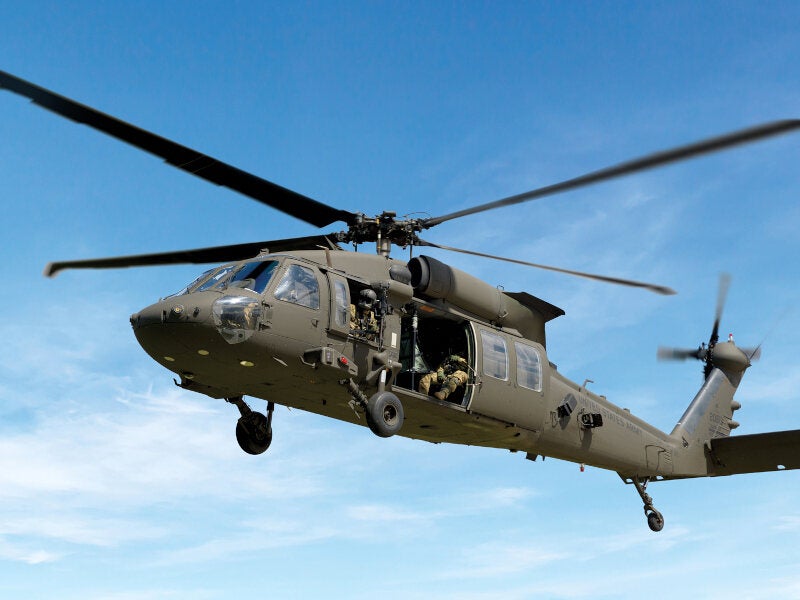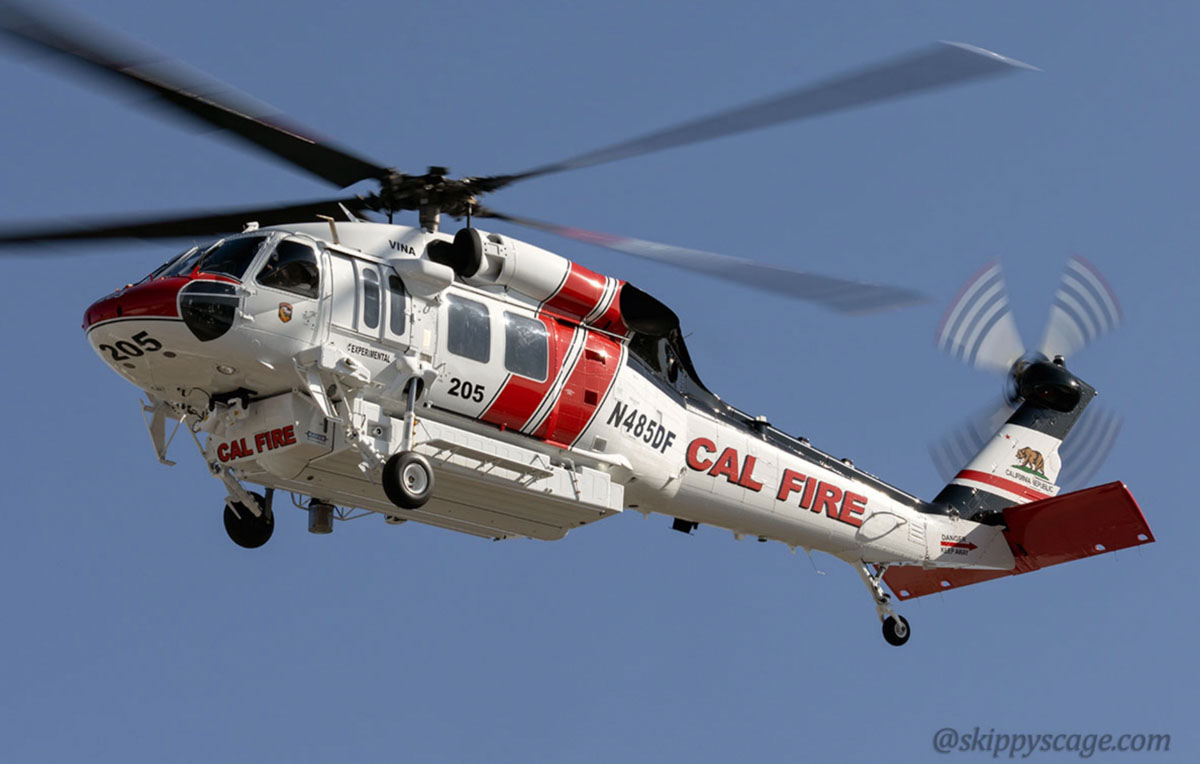Sikorsky S 70: Enhancing Helicopter Performance and Convenience
Sikorsky S 70: Enhancing Helicopter Performance and Convenience
Blog Article
High-Performance Multi-Role Rotorcraft Featuring Advanced Cockpit Technologies and Integrated Sensing Unit Equipments
The world of rotorcraft innovation has actually seen significant developments in current times, specifically in the realm of high-performance multi-role rotorcraft furnished with innovative cockpit innovations and perfectly incorporated sensing unit systems. These advancements have not just increased the operational abilities of rotorcraft yet have likewise dramatically impacted contemporary aviation operations on different fronts. From enhanced goal adaptability to improved functional efficiency, the merging of advanced cabin innovations and incorporated sensor systems has actually introduced a new period of opportunities for rotorcraft applications. In the complying with conversation, we will check out the evolution of rotorcraft technology, explore the realm of advanced cabin advancements, and check out the ramifications of incorporated sensor systems on the functional versatility and efficiency of contemporary rotorcraft.
Evolution of Rotorcraft Modern Technology
The evolution of rotorcraft innovation has actually been noted by significant innovations in aerodynamics, materials, and propulsion systems, shaping the capabilities and performance of modern rotorcraft. Aerodynamic renovations have actually improved the efficiency and ability to move of rotorcraft, enabling for enhanced speed, agility, and stability during trip (sikorsky s 70). Advancements in materials, such as using composite materials and progressed alloys, have actually led to lighter yet stronger rotorcraft structures, enhancing total efficiency and resilience. Furthermore, improvements in propulsion systems, consisting of extra effective engines and cutting-edge propulsion innovations, have actually made it possible for rotorcraft to accomplish greater elevations, faster rates, and greater payloads.
These innovations have not only transformed the capacities of rotorcraft however have also broadened their applications across various sectors, including military, business, and emergency services. The constant evolution of rotorcraft technology remains to drive advancement in the field, pressing the boundaries of what is feasible and shaping the future of upright flight.
Advanced Cabin Innovations
Building upon the fundamental developments in the rules of aerodynamics, materials, and propulsion systems, the world of rotorcraft innovation currently moves emphasis towards introducing Advanced Cockpit Innovations. The combination of advanced modern technologies within the cockpit setting plays a vital role in enhancing the operational abilities, safety and security, and efficiency of modern rotorcraft. sikorsky s 70. Advanced Cabin Innovations include a large array of attributes developed to give pilots with enhanced situational recognition, streamlined data monitoring, and intuitive control interfaces
Among the key improvements in cabin design is the execution of glass cockpits, which change standard analog gauges with high-resolution screens. These electronic systems supply personalized layouts, real-time data combination, and boosted readability, enabling pilots to gain access to critical information at a glimpse. In addition, progressed avionics systems, such as fly-by-wire controls and augmented reality screens, are changing how pilots communicate with the aircraft, permitting specific control and boosted decision-making capabilities.


Integrating advanced cabin innovations not just enhances pilot performance but additionally adds to general mission efficiency and security in intricate functional environments. By leveraging state-of-the-art modern technologies within the cockpit, rotorcraft manufacturers are establishing new criteria for operational quality and mission success.
Integrated Sensing Unit Solutions
With the evolution of rotorcraft modern technology, the integration of innovative Integrated Sensing unit Systems has actually ended up being extremely important in improving functional efficiency and safety and security. These Integrated Sensor Solutions incorporate a broad selection of innovations that give vital information for various features such as navigating, surveillance, targeting, and environmental surveillance. By seamlessly integrating sensing units like radars, cameras, lidar, and infrared systems into rotorcraft, drivers can profit you can try this out from improved situational understanding, boosted mission abilities, and reduced pilot workload.
One secret benefit of Integrated Sensing unit Systems is their capability to collect real-time information and give workable understandings to pilots and goal drivers. For instance, progressed radar systems can spot and track targets over long ranges, permitting early threat detection and efficient action preparation. Additionally, integrating infrared and electro-optical video cameras allows rotorcraft to carry out reconnaissance and monitoring objectives with accuracy and precision.
In significance, the assimilation of advanced sensor technologies into rotorcraft not just boosts functional performance yet likewise contributes substantially to total goal success and team security. As rotorcraft remain to evolve, the role of Integrated Sensor Equipment will undoubtedly stay at the center of development in the aerospace industry.
Functional Versatility and Efficiency
Enhancing functional flexibility and performance in rotorcraft is a natural progression from the combination of innovative Integrated Sensing unit Equipments. By leveraging the insights and data offered by these cutting-edge sensing unit systems, rotorcraft can enhance their efficiency across numerous missions and environments.
Operational flexibility encompasses the ability of rotorcraft to adjust to different roles and situations efficiently. With innovative cockpit technologies and incorporated sensor systems, rotorcraft can seamlessly transition in between tasks such as search and rescue, medical evacuation, security, and more. This flexibility enhances the rotorcraft's capacity to meet varied operational requirements without needing comprehensive reconfiguration.
Efficiency in rotorcraft operations is important for making best use of mission performance and resource application. Integrated sensor systems play an essential duty in improving operational performance by offering real-time data on weather condition conditions, surface mapping, target monitoring, and more. This data makes it possible for pilots to make informed decisions quickly, maximize trip courses, conserve fuel, and improve total goal productivity.
Influence On Modern Aeronautics Procedures

In addition, the combination of advanced sensing units facilitates enhanced goal planning and implementation, enabling rotorcraft to do a vast array of jobs with improved precision. From search and rescue operations to airborne firefighting and law enforcement goals, the capabilities of modern-day rotorcraft equipped with sophisticated cabin innovations and incorporated sensor systems are unequaled.
Additionally, the impact of these improvements expands beyond operational performance to cost-effectiveness and sustainability. By optimizing flight paths, gas consumption, and maintenance routines, high-performance rotorcraft outfitted with advanced cockpit modern technologies and sensing units add to minimizing functional prices and ecological impact, making them crucial assets in modern air travel procedures.
Verdict
To conclude, the high-performance multi-role rotorcraft with advanced cockpit innovations and integrated sensing unit systems stands for a substantial advancement in aeronautics technology. additional info These developments improve operational flexibility and effectiveness, eventually affecting contemporary air travel procedures in a positive method. The combination of these sophisticated innovations enables boosted capacities and efficiency in numerous goal situations, showcasing the proceeded improvement of rotorcraft innovation in the air travel market.
The realm of rotorcraft innovation has seen noteworthy advancements in recent times, specifically in the realm of high-performance multi-role rotorcraft furnished with advanced cabin modern technologies and perfectly incorporated find out sensor systems. From improved mission versatility to boosted functional effectiveness, the convergence of innovative cabin innovations and integrated sensing unit systems has ushered in a brand-new period of possibilities for rotorcraft applications. In the following conversation, we will explore the advancement of rotorcraft technology, dig into the world of innovative cockpit innovations, and check out the ramifications of integrated sensing unit systems on the operational adaptability and effectiveness of contemporary rotorcraft.

Report this page